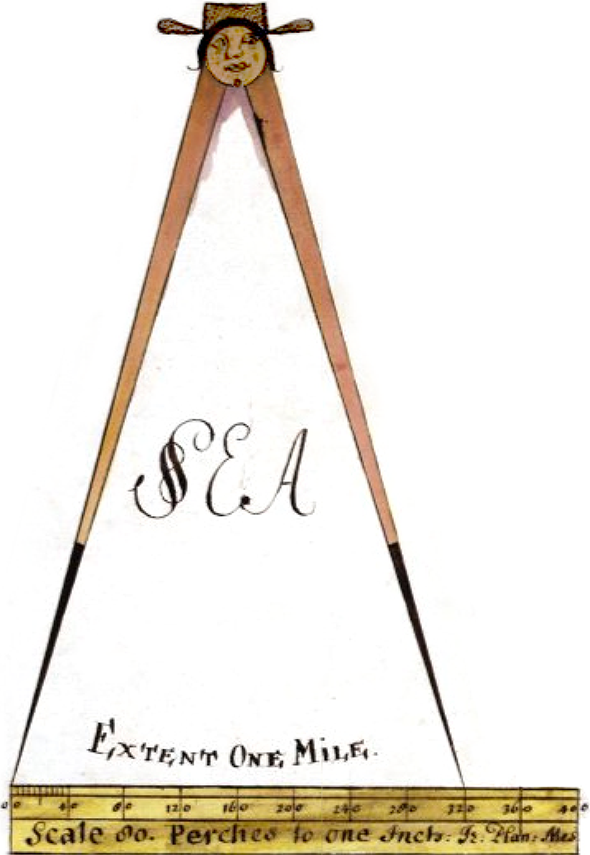Background to the Project
The Down Survey of Ireland Project was funded by the Irish Research Council under its Research Fellowship Scheme. The project began on 1 October 2011 and was completed on 31 March 2013. The original phase of the project involved identifying and digitising surviving copies of county, barony and parish maps. We are very grateful to the numerous archival and technical staff in the institutions listed under ‘Project Partners’ who assisted us in this process. The second phase involved building the database from the Books of Survey and Distribution and these were incorporated into Geographical Information System written by the project team. As part of the GIS, the set of county maps were overlaid onto a Google Earth layer, along with the late nineteenth-century Ordnance Survey map. The project added a complete set of townland polygons to these images and then connected the modern and seventeenth-century data together.
Project Team
Project Team: Micheál Ó Siochrú, David Brown, Eoin Bailey. Professor Micheál Ó Siochrú was the PI (Principal Investigator) of the project, while David Brown and Eoin Bailey were employed as Research Assistants. Eamon Darcy, from the CULTURA project, played an important role in preparing the data.
Project Board: Micheál Ó Siochrú, David Brown, Eoin Bailey, Mark Hennessy, Paul Ferguson.
Funding: This project was funded by the Irish Research Council under the Research Fellowship Scheme.
Partners: Website hosting by High Performance Computing (TCD); Trinity Library; Brown Projects Limited; Website and User Interface design by Adam May, Language.
Archives: National Library of Ireland; National Archives of Ireland; Irish Manuscripts Commission; British Library; Public Records Office Northern Ireland; Bibliotheque National de France; Ordnance Survey of Ireland; Ordnance Survey of Northern Ireland; Sligo County Library; Dublin City Library and Archive.

Technical development of the Geographic Information System (GIS)
The Down Survey GIS consists of three main components; database, maps and user interface.
Database
Information is stored in a MySQL database utilising the spatial datatype accessed by a companion application programming interface (API). Data relating to each townland is stored, including all of the information mentioned in the 17th Century sources. Additionally, townlands are uniquely associated with a parish, which is in turn associated with a Barony, and finally a County. Modelling the data in this way enables analysis at each geographic level.
Maps
The map utilised is Google Maps, with custom generated overlays of the Ordnance Survey and Down Survey. The overlays were tiled at multiple zoom levels to transfer efficiently views to users at each level of granularity. The map shows the selected elements of the GIS to the user, e.g. individual landowners or buildings surveyed as part of the Down Survey.
User Interface
Controls have been designed to enable the user to alter the elements on the map as discussed above. The controls trigger AJAX calls to the API to access specific data. Each API call is stateless to maintain a consistent RESTful API, however, the client-side browser maintains the state of the current session. A URL is generated based on the map the user is viewing, the state is stored as part of that URL. States that are stored include the zoom level of the map, the centre of the map, the opacity level of both overlays, which landowners are visible, and the change in land ownership view. A user returning to a specific URL will cause the map to be reloaded to the exact same location, zoom and control setting with the map showing identical information. All data is loaded dynamically as needed based on the selections the user has made and the viewport of the map. This reduces the amount of information loaded by the browser at initial page load as well as the amount of data loaded on each AJAX call when a user makes a selection. In the event of a map pan or zoom out, the query to the API only requests the information for the newly visibly areas of the map. If a user zooms in no new query is made with one exception: if the user has zoomed close enough the map will now load individual townland polygons; these polygons are not loaded at a far out zoom due to bandwidth restrictions. By structuring the data in this way we are now able to relate our data to the existing corpus of historical GIS using 17th Century, Ordnance Survey or LATLONG spatial coordinates.

